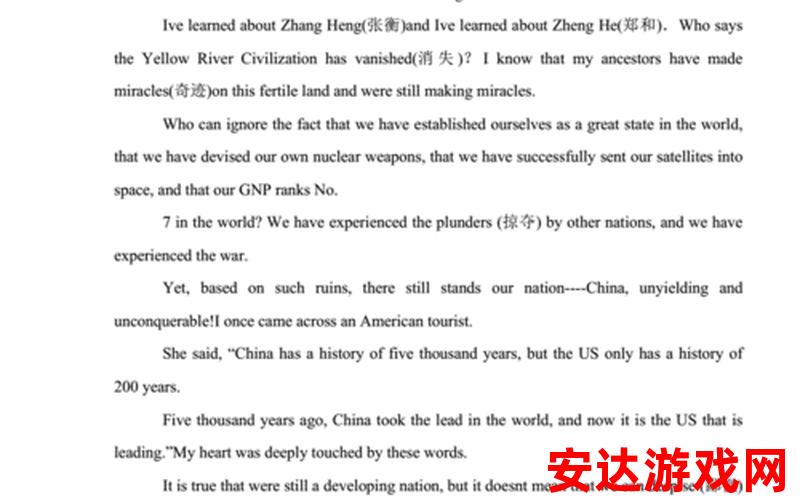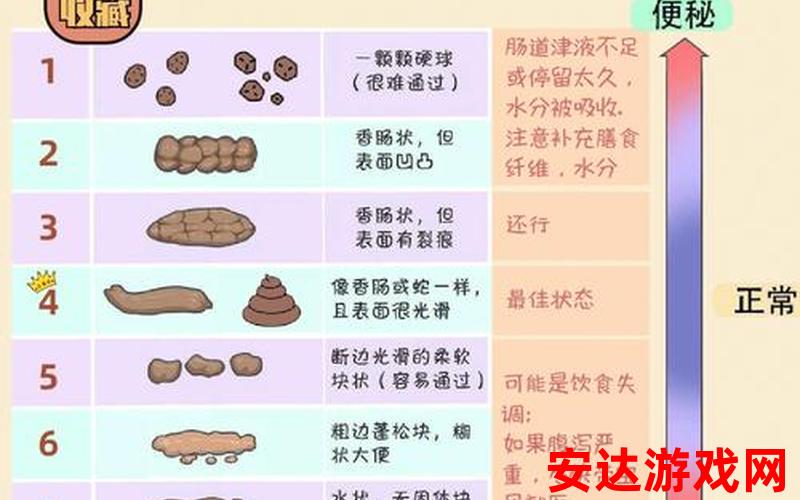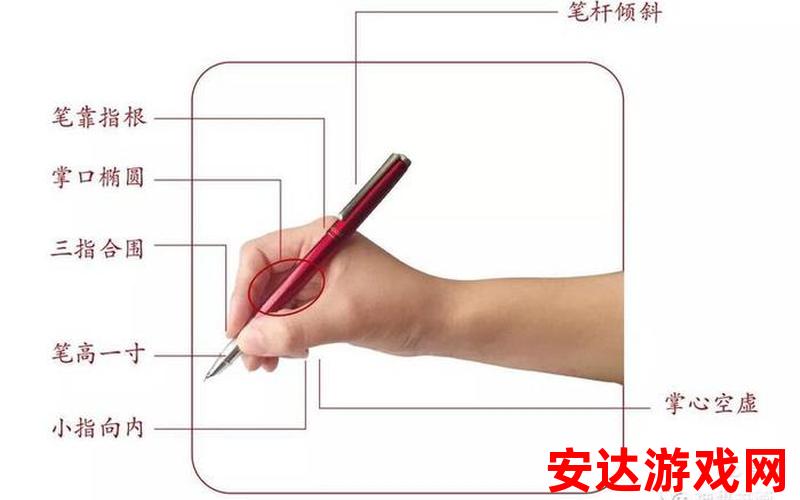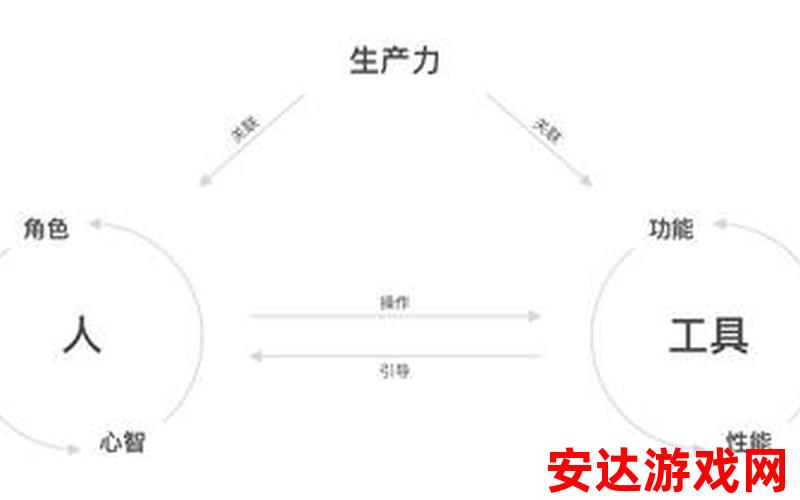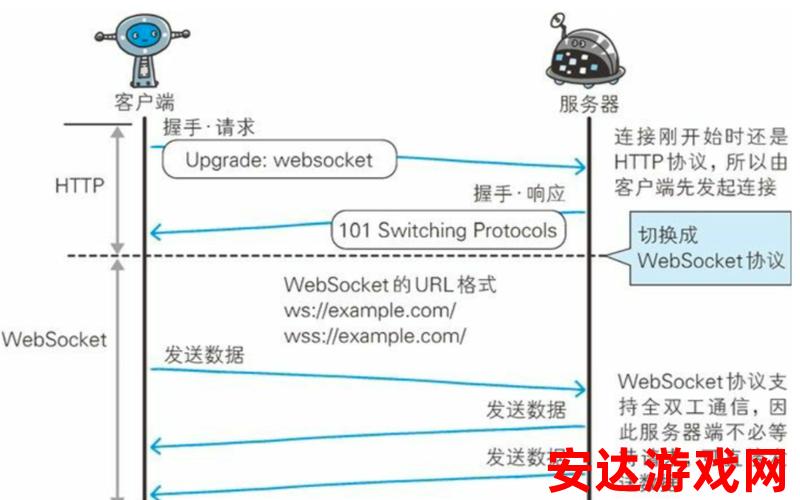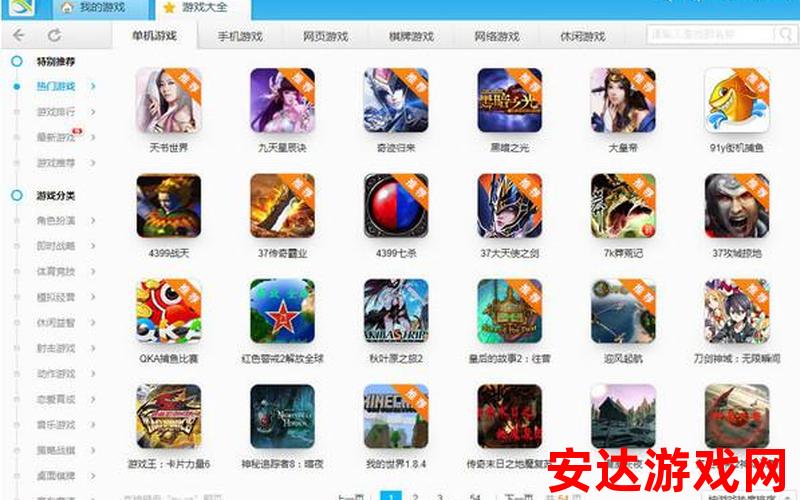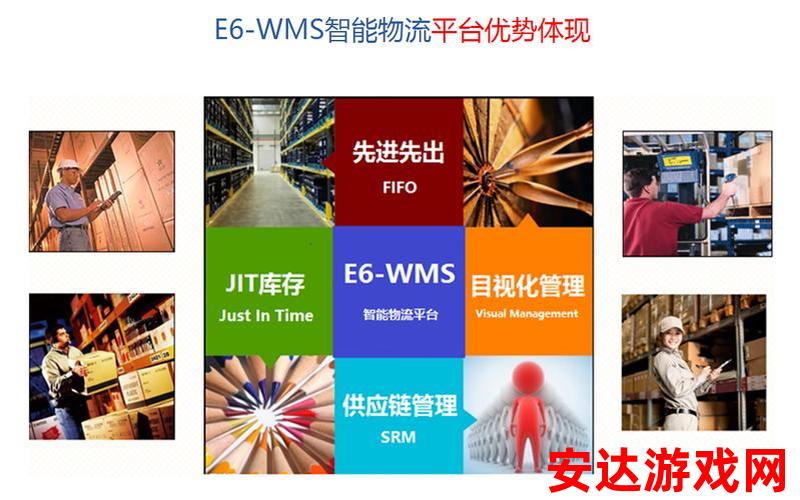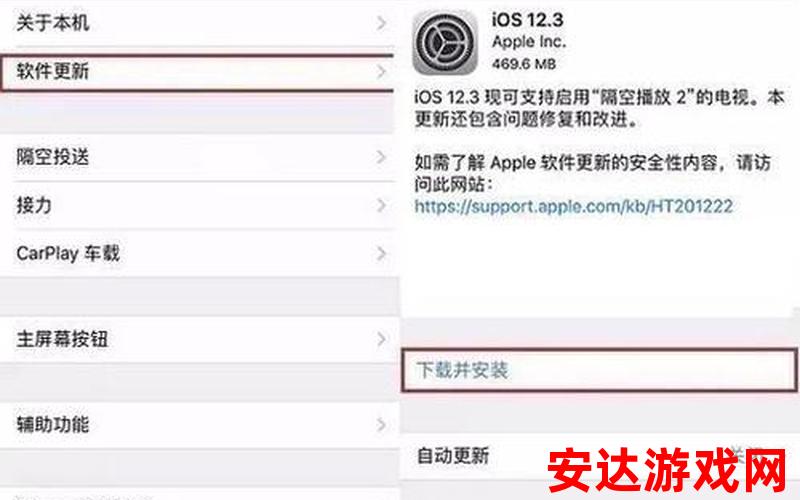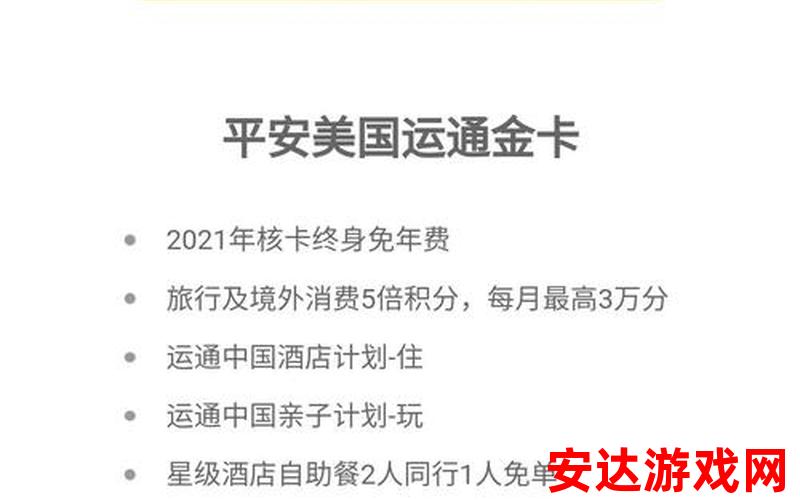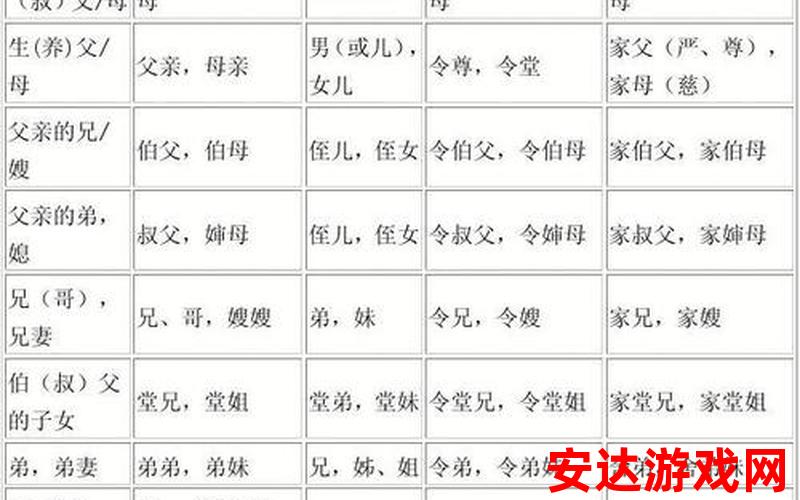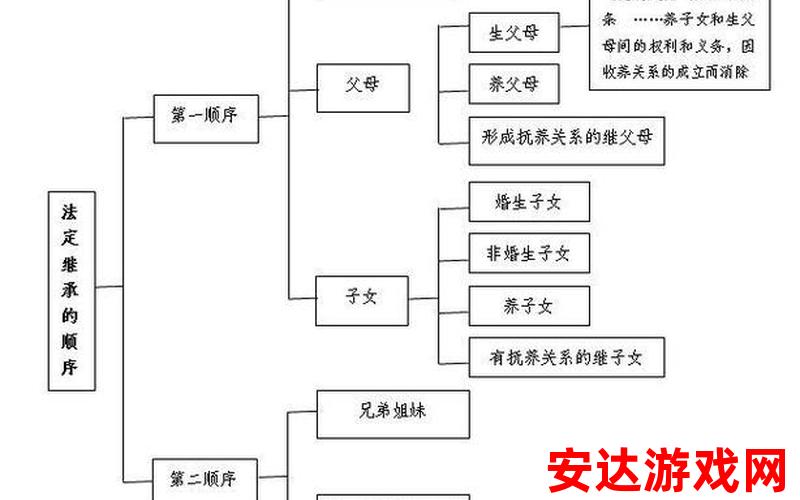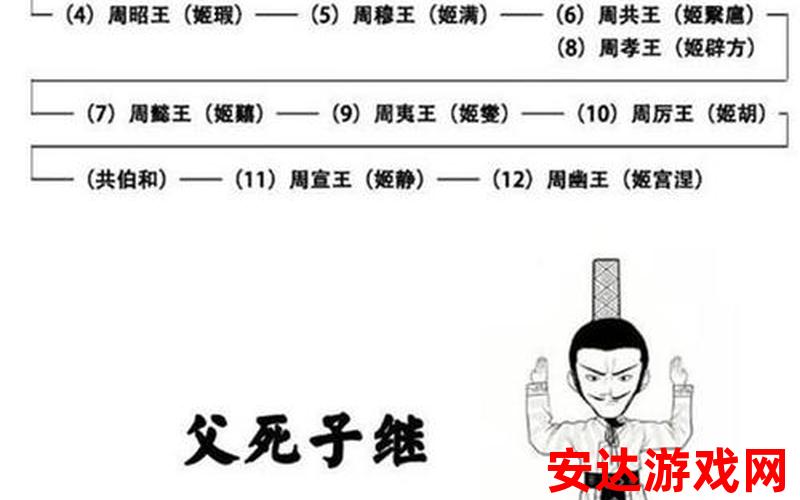中文转英文:How to translate Chinese into English?
攻略 2024-05-22 21 0
Introduction: The Art of Translating Chinese into English
Translating Chinese into English is an intricate process that requires a deep understanding of both languages and cultures. It is not merely converting words from one language to another, but an art that involves capturing the essence, nuances, and cultural context of the original text. In this article, we will explore the various aspects of translating Chinese into English, revealing the secrets behind this fascinating endeavor.
The Power of Words: Choosing the Right Vocabulary
Translating Chinese into English involves carefully selecting the appropriate vocabulary to convey the intended meaning accurately. The translator must consider the connotations, cultural associations, and shades of meaning behind each word. The choice of words can evoke different emotions, create vivid imagery, and even influence the reader's perception of the text. It is a delicate balance between faithfulness to the original and ensuring clarity and resonance in the target language.
Context Matters: Cultural Adaptation in Translation
Cultural adaptation plays a crucial role in translating Chinese into English. The translator must not only understand the linguistic aspects but also the cultural nuances embedded within the Chinese text. Chinese idioms, proverbs, and historical references often require careful explanation or adaptation to ensure comprehension by English-speaking readers. Translators must navigate the cultural gaps, bridging the differences between the two languages, and making the text relatable and accessible to the target audience.
Translating Beyond Words: Capturing the Essence
Translating Chinese into English goes beyond a literal rendering of the text. It involves capturing the essence, style, and tone of the original work. Chinese literature, for example, often employs poetic devices, such as parallelism and symbolism, which may not have direct equivalents in English. Translators must employ creative techniques to recreate the beauty and impact of the original text, ensuring that the translated work resonates with the reader in the same way as the original.
Tools of the Trade: Technology in Translation
In the digital age, technology has become an invaluable tool in translating Chinese into English. Translation software, online dictionaries, and machine translation algorithms aid translators in their work. However, human intervention is still essential to ensure accuracy and maintain the integrity of the translation. Translators must use technology as a supplement, not a substitute, and apply their linguistic and cultural expertise to produce high-quality translations that machines cannot replicate.
The Translator's Role: Bridging the Language Gap
Translating Chinese into English is not a passive act but an active process of interpretation and communication. Translators act as cultural ambassadors, bridging the language gap and facilitating cross-cultural understanding. They must possess a deep understanding of both languages and cultures, constantly honing their skills to capture the nuances and subtleties that make each language unique. Translators play a vital role in promoting cultural exchange, fostering appreciation for Chinese literature, and expanding the global reach of Chinese works.
In conclusion, translating Chinese into English is a multifaceted task that requires linguistic expertise, cultural sensitivity, and creative flair. It is an art that involves carefully selecting vocabulary, adapting to cultural differences, capturing the essence of the original text, utilizing technology effectively, and acting as a bridge between languages and cultures. By understanding and appreciating the complexities of this process, we can truly unlock the beauty and power of Chinese literature for English-speaking audiences.
